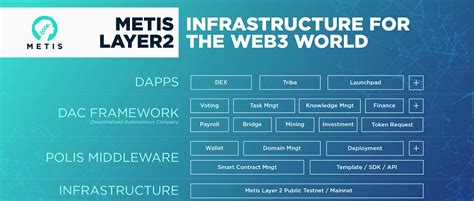3 min de lectura
Ethereum: What will happen when the time field wraps around
CRYPTOCURRENCY
Time Field Wrapping: Understanding the Future of Ethereum
When a large number of transactions are processed on a blockchain network like Ethereum, time field wrapping becomes a serious problem. Specifically, when the time field in the block header reaches its maximum value, the time field wrapper reverts to its original state. This phenomenon is known as “time field wrapping.”
In this article, we will delve into what happens when the time field wraps and explore some implications for the future of Ethereum.
Understanding the Block Header Time Field
The block header time field in a blockchain like Ethereum contains information about the timestamp of each block. It serves as a clock that determines which blocks are active and can be revoked by other nodes on the network.
The block header time field is typically represented using 32-bit or 64-bit integers, depending on the specific implementation used by the blockchain. However, it is important to note that even if the block header time field is unsigned, its maximum value can still be a problem.
The Bitcoin Y2K38 Problem
As you mentioned, one of the most significant problems related to time field wrapping in Ethereum is the Y2K38 problem. In 2018, researchers from the University of California, Berkeley, discovered a security flaw known as the Y2K38 problem.
Specifically, they discovered that an attacker could use time field wrapping to create a “double pooling” attack that could potentially compromise the entire blockchain network. The flaw allowed attackers to reuse and manipulate block headers to their advantage, effectively creating a situation where the attacker had control over multiple blocks at once.
What Happens When the Time Field Wraps
When the time field in a block header wraps, it reverts to its original state. This means that any transactions or data stored in those blocks will be lost forever. In other words, all data associated with a specific block will become inaccessible and unrecoverable.
The consequences of this phenomenon are far-reaching:
- Loss of historical data: Wrapping the time field would mean that any historical transactions or data associated with specific blocks would be permanently deleted.
- Security threats
: The vulnerability created by the Y2K38 issue highlights the importance of proper security measures implemented to prevent such attacks. If a similar attack were to occur, it could have catastrophic consequences for the Ethereum ecosystem.
- Decentralization and trust: Wrapping the time field raises concerns about decentralization and trust in the network. With all data associated with blocks becoming inaccessible, users may question the long-term viability of the Ethereum platform.
Ethereum Solution
To mitigate these risks, Ethereum has implemented several measures:
- Time Wrapping

: To prevent the block header time field from reaching its maximum value, Ethereum uses a technique called “time wrapping” to limit the number of transactions that can be processed per second.
- Time Padding: When creating new blocks, Ethereum adds a small amount of time padding to prevent the time field wrapping issue.
- Security Improvements: Researchers continue to work on improving the security and resilience of the Ethereum network.
In summary, time field wrapping poses significant risks to the Ethereum ecosystem, including loss of historical data and potential catastrophic security breaches. While Ethereum has implemented measures to mitigate these risks, the ongoing development of new security features and protocols will help minimize the likelihood of such issues occurring in the future.